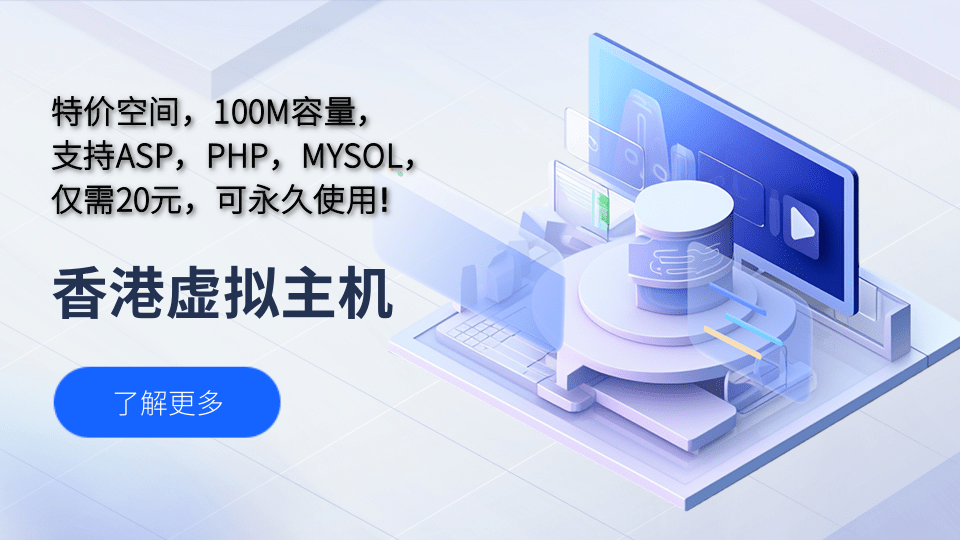在debian操作系统中实现node.JS与数据库的整合,通常需要完成如下流程:
-
部署Node.js环境: 首要任务是在系统上安装Node.js运行环境。推荐使用NodeSource提供的二进制仓库来安装指定版本。
curl -fsSL https://deb.nodesource.com/setup_16.x | sudo -E bash - sudo apt-get install -y nodejs
上述代码演示了如何安装Node.js 16.x版本。
-
确定数据库类型: 根据实际业务需求选择合适的数据库系统。主流方案包括mysql、postgresql和mongodb等。
-
部署数据库系统: 利用apt包管理工具完成所选数据库的安装过程。
-
MySQL数据库安装:
sudo apt-get update sudo apt-get install mysql-server
-
PostgreSQL数据库安装:
sudo apt-get update sudo apt-get install postgresql postgresql-contrib
-
MongoDB数据库安装:
wget -qO - https://www.mongodb.org/static/pgp/server-4.4.asc | sudo apt-key add - echo "deb [ arch=amd64,arm64 ] https://repo.mongodb.org/apt/ubuntu focal/mongodb-org/4.4 multiverse" | sudo tee /etc/apt/sources.list.d/mongodb-org-4.4.list sudo apt-get update sudo apt-get install -y mongodb-org
-
-
数据库初始化配置: 按照不同数据库的要求进行参数调整。以MySQL为例,建议执行mysql_secure_installation脚本来设置管理员密码及安全策略。
-
安装数据库连接模块: 在Node.js项目中,需通过npm安装对应数据库的驱动程序。
-
mysql连接模块:
npm install mysql
-
PostgreSQL连接模块:
npm install pg
-
MongoDB连接模块:
npm install mongodb
-
-
开发应用程序代码: 在项目中引入已安装的数据库驱动,编写数据库连接与操作逻辑。
以下为连接MySQL数据库的基础示例:
const mysql = require('mysql'); const connection = mysql.createConnection({ host: 'localhost', user: 'your_username', password: 'your_password', database: 'your_database' }); connection.connect((err) => { if (err) throw err; console.log('Connected to the MySQL server.'); }); // Perform database operations here... connection.end(); -
启动应用程序: 使用node命令执行主程序文件。
node your_application.js
按照上述流程,即可实现在Debian平台下Node.js与数据库系统的集成。具体实施时请根据选用的数据库产品及其版本特性进行相应调整。
© 版权声明
文章版权归作者所有,未经允许请勿转载。
THE END



















